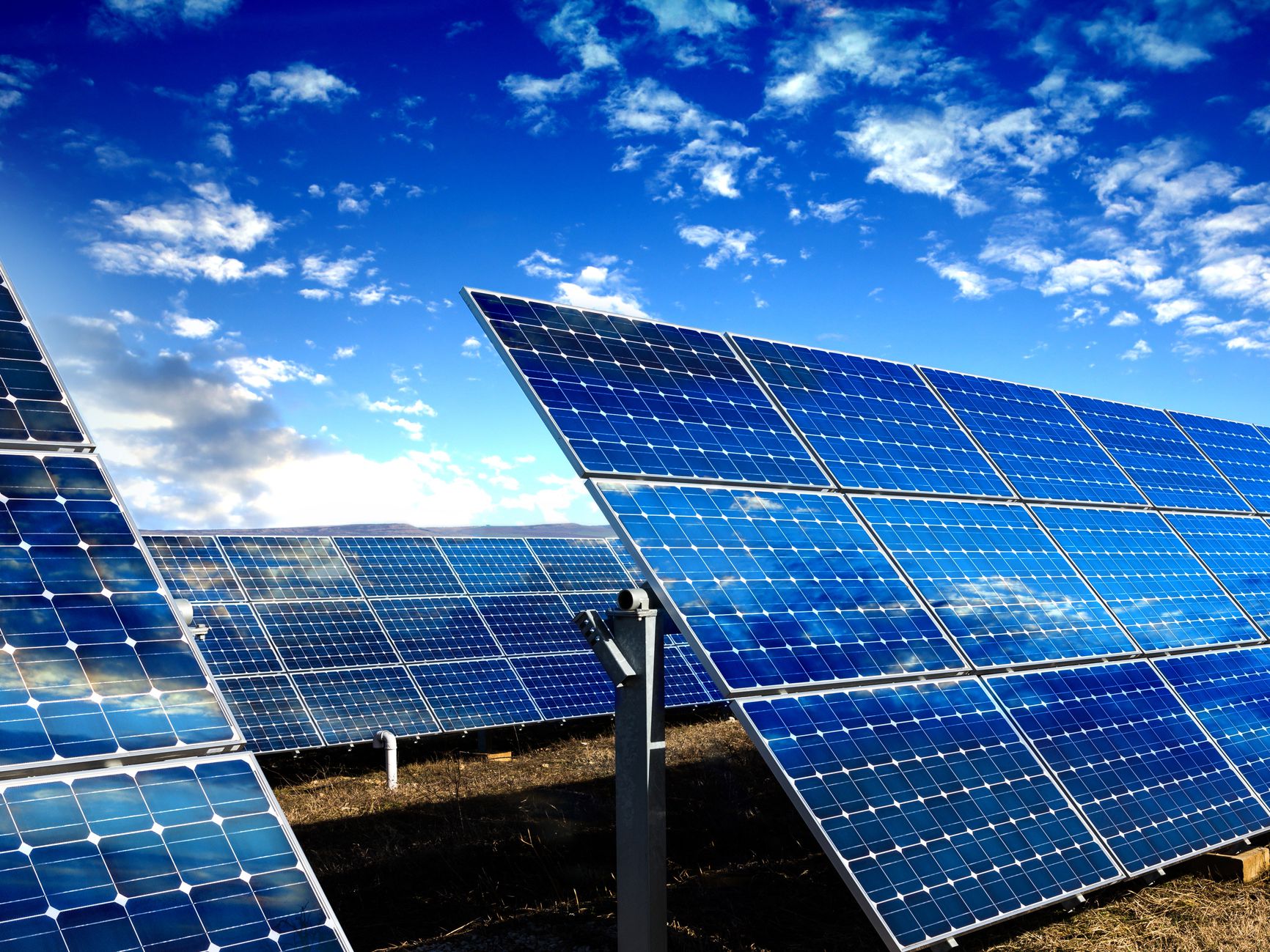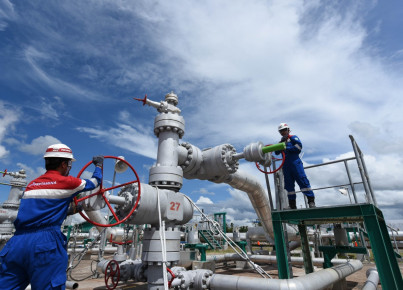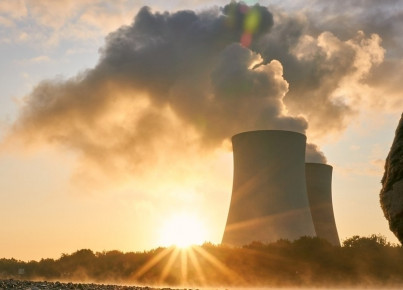The ambitious goal of reducing CO2 emissions by 47 thousand tons per year is part of the plan to achieve carbon neutrality by 2050
Thailand authorities tout the "world's largest floating hydro-solar farm", which is being built in a reservoir located in the country's northeastern region. Bangkok's commitment to stop using fossil fuels and embark on the path to carbon neutrality begins with the construction of 15 such facilities by 2037. The panels of Sirindhorn Dam, in the province of Ubon Ratchathani, have more than 144,000 solar cells, covering an area equal to 70 football pitches. The installation is a hybrid system that converts sunlight into electricity during the day and generates hydropower at night (about 45MW of electricity). According to the Ministry of Energy, Thailand is still heavily dependent on fossil fuels such as natural gas, which accounts for 55% of the energy used, while renewable sources make up only 11% of the total. The government's emphasis on the Sirindhorn project is also aimed at attracting tourists to the province. A 415m-long "Nature Walkway" shaped like a sunray has been installed to give panoramic views of the reservoir and floating solar cells. "When I learnt that this dam has the world's biggest hydro-solar farm, I knew it's worth seeing with my own eyes," tourist Duangrat Meesit told AFP. However, these clean energy facilities entail several social and environmental costs. Communities living along the banks of the reservoir have complained that the panel system has reduced the number of fish available, thus reducing their income. "We also have to travel longer routes when we're out fishing," said a local resident, "and we can only drive our boats in areas designated by the authorities." In spite of this, project leaders insist that the panels will not affect the livelihoods of local villages. The ambitious goal of reducing CO2 emissions by 47,000 tons per year is part of the plan to achieve carbon neutrality by 2050, but the success of such projects calls for a structural renewal in the energy production sector, as well as a stronger focus on all negative factors that will impact the lives of regional communities.






